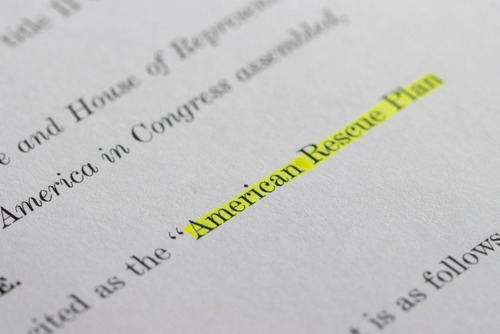
The American Association of State Highway and Transportation Officials (AASHTO) wants the federal government to allow state departments of transportation to use pandemic relief funds to cover a wider array of transportation expenses.
In a four-page letter, AASHTO asked the U.S. Department of Treasury to give state transportation departments more flexible use of American Rescue Plan (ARP) funds.
“AASHTO recommends that the final rule for the Coronavirus State and Local Fiscal Recovery Funds or CSLFRF established by the ARP explicitly defines all transportation expenditures as eligible activities under ‘revenue loss,’” the group said in its letter.
The group recommended that the eligibility is clearly conveyed to be separate and apart from those covered under investments in infrastructure “of the interim final rule designate only for asset classes comprising water, sewer, and broadband.”
AASHTO also said that the direct aid to state departments of transportation is preventing “significant cancellations and delays” of transportation projects, as well as preventing potential job losses in both state transportation departments and in the private sector.
According to a survey of state transportation departments, AASHTO estimated that state transportation departments are facing a $28 billion loss in revenues from 2020 through 2024 due to the COVID-19 pandemic. The losses are based on loss of state-based user fees such as state fuel taxes, vehicle fees, sales taxes, tolls, and other mode-specific revenues consistent with reductions in motor vehicle travel that occurred in 2020 due to pandemic-fueled stay-at-home order and travel restrictions.
Congress passed a pandemic stimulus package in December 2020 that provided $10 billion in relief to state transportation departments, but AASHTO estimates that will not be enough to cover the transportation departments’ losses.
AASHTO also asked that the obligation of funds extend three years beyond FY 2024 through FY 2027, as capital projects typically require multi-year obligations.